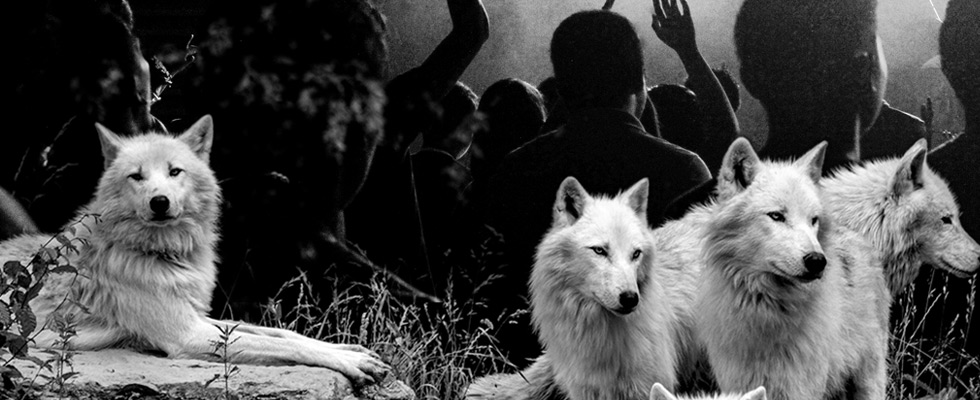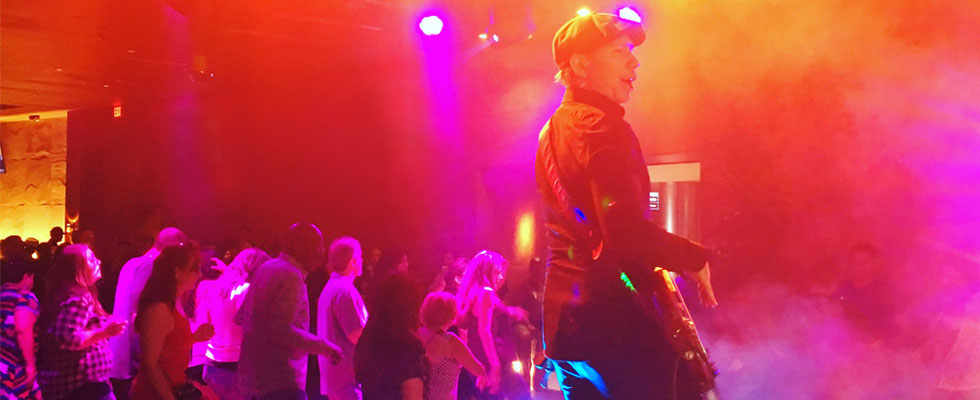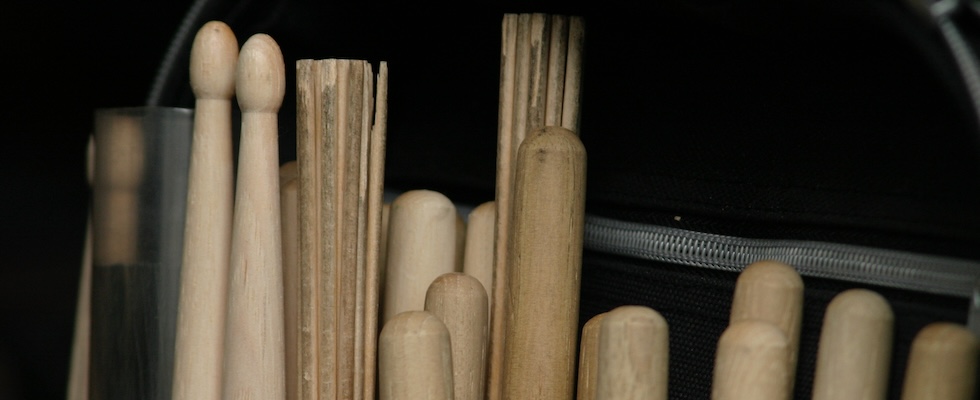

I have listed to a lot of music over the years…I mean a lot. One of my favorite albums is Big Swing Face, a live album recorded over two nights by The Buddy Rich Big Band in 1967. There are a number of reasons that I enjoy this record. For one, it stars the indisputable king of drumming, Buddy Rich. Second, it is a big band album and as a drummer who has driven thirteen to eighteen piece swing bands, I can attest there is perhaps no greater challenge to the craft of the instrument. Each section of a big-band pulls/pushes time differently. Trombones, due to the difficult nature of their instrument, will pull. Trumpets, with their top of the spectrum tones and quick staccato, will push. As such, the drummer must control those fluctuations, all while reading and matching hits with each section.
Buddy Rich was a master of this.
He was also one of the hardest bandleaders ever to walk this earth. He berated, threw tantrums, and regularly fired band members for the simplest of infractions. If you want to hear just how rough Buddy was on his band mates, and if a whole lot of swearing doesn’t offend you, take a listen to The Buddy Rich Bus Tapes and be mortified by his leadership style.
However, before you cast judgment on Buddy, do two things. First, remember that Buddy always gave at least 110% on the stage night after night right up until the end. Don’t believe me, watch this video from 1982 when the drummer reportedly had a heart attack during his solo on the last song and still finished the set. Second, take another listen to Big Swing Face. This album is virtually flawless in every regard from time, to phrasing, and intonation. These musicians nailed their takes live without the aid of computer software to fix their mistakes or enhance their sound in post-production. The latter is a very important lesson when it comes to making music.
Garbage in…garbage out.
I was first introduced to this phrase during a late night recording session at Berklee College of Music in the mid 90’s. At that time, we recorded to tape and ProTools was still in the early adopter phase and not available to anyone with a computer. The option to fix takes later wasn’t as simple as it is now. Luckily, all Berklee students (including those in the production and engineering program) must undergo intense fundamental courses in ear-training, harmony, and private instrument studies so they know how to make musicians sound better BEFORE they are patched into the board. They understand that the fundamentals of the craft will always trump technology.
So why am I sharing this story?
Now that I work behind the stage booking entertainers I hear a lot of excuses, especially from those of the younger generation, as to why they aren’t sounding their best. The monitors weren’t right. The room was dead. The engineer doesn’t know what he is doing. We would sound better with our equipment…with our engineer. Truth is, the excuses are sometime so relentless that it gets me thinking that it could be the outside environment and not my musicians. Then I cue up Big Swing Face and I am reminded that nearly fifty years ago sixteen musicians could perform some of the most complex music live. Record it and wind up with an almost flawless album all without today’s modern technology as a crutch. Swing Face teaches me to constantly listen beyond the front of house and focus on the musicianship happening on stage. To seek out entertainers who are good at the fundamentals of their craft. The singer who knows exactly how far her mic should be from her mouth. The DJ who can match keys and tempos as well as beats, and the drummer who can swing a group of multi-time musicians into shape. I know that if their fundamentals are on point, the rest of the show is simply enhancing those skills, which is much easier for all involved and the key ingredient to a stellar performance.



